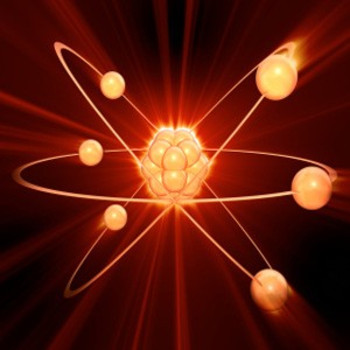How do HOX genes affect evolution?
2 Answers
HOX genes control the body plan of an embryo around the cranial-caudal (head-tail) axis
Explanation:
The expression of different hox proteins during this stage can determine a lot of different body parts and segments for vertebrates.
Here are example of Hox proteins that are expressed during embryogenesis of fly which determines diferent body part.
For example, loss of function of "lab" (short for labial) results in the failure of the Drosophila embryo to internalize the mouth and head structures that initially develop on the outside of its body (a process called head involution).
https://en.wikipedia.org/wiki/Hox_gene
https://www.studyblue.com/notes/note/n/exam-2-embryo-lecture-9-cns-i/deck/12070488
Hox genes are very conserved and evidence for evolutionary homologies among all animals and even plants.
Explanation:
Hox genes provide a huge amount of important information about evolution. The similarity of the genes is remarkable and best explained by descent from a common ancestor.
Hox genes are a subgroup of so called homeobox genes that code for proteins with a homeodomain. They often occur in clusters which is favorable for gene regulation. Hox genes occur in HOX clusters and are found in vertebrates.
One of the theories is that the earliest homeobox gene has evolved from an ancestral homeobox gene very early in metazoan evolution. It appears that during metazoan evolution, these genes were expended and duplicated which played a major role in generating animal diversity.
The image below is a representation of the evolution of homeobox genes and clusters. The more simple organisms (plants, sponges, fungi) do have homeobox genes, but no clusters. Clusters seem to be associated with more complex life forms.
 )
)
And for those interested a more detailed image comparing the homeobox genes of the fruit fly (Drosophila) in the HOM-C cluster on chromosome 3 and the Hox genes of humans and mice in clusters HOX-A to HOX-D:
 )
)
Source: article of Lappin et al. 2006


